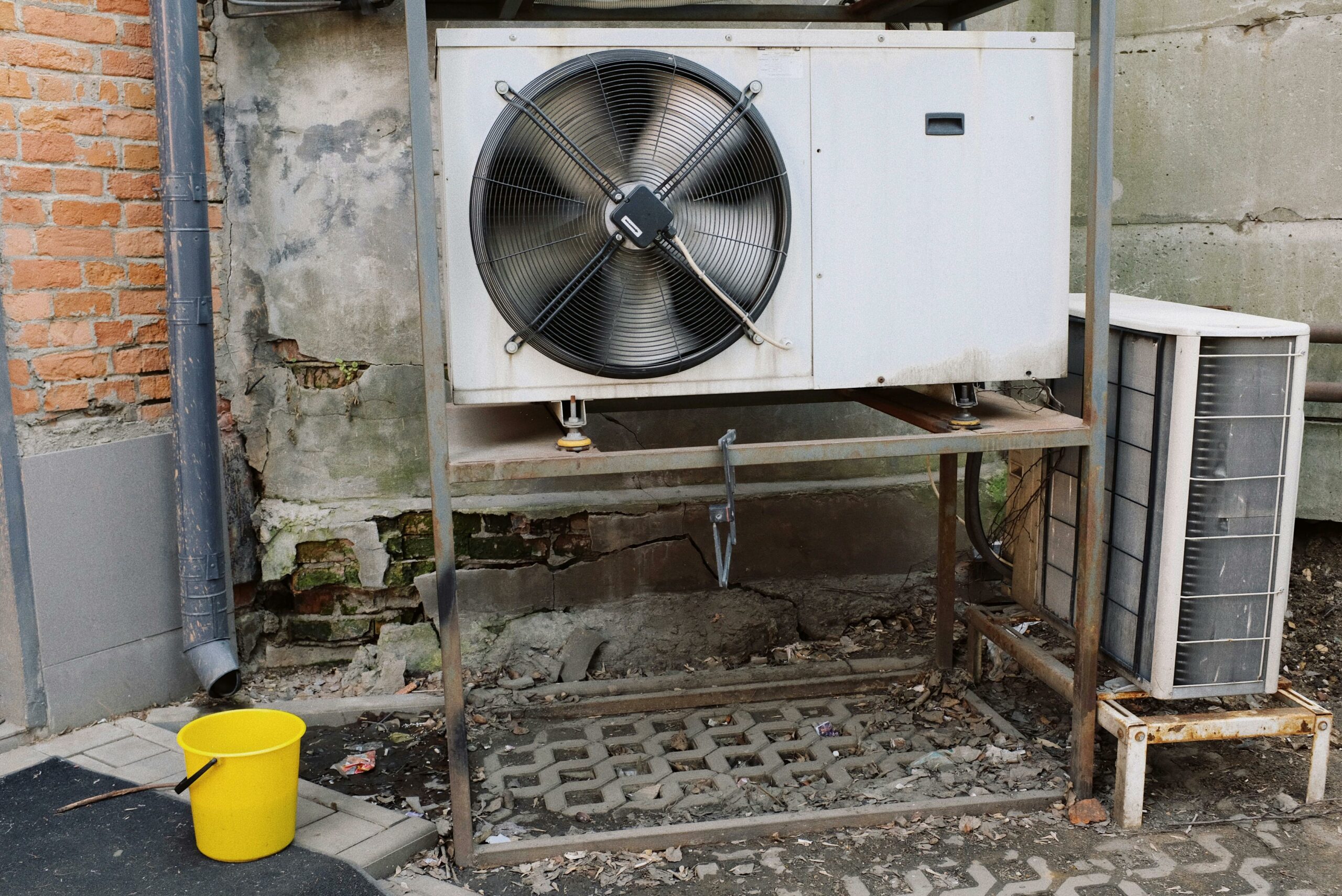Dry-well calibrators are essential for accurate temperature measurements in different industries. To improve their effectiveness, it is important to explore specific aspects of their operation and performance. One crucial area to consider is the impact of block loading errors on calibration accuracy.
Block Loading Errors:
Block loading errors occur when there are shifts in temperature gradients due to changes in heat loss or gain when additional thermometers are inserted into the block. This issue is more prominent when using direct calibration mode, where the dry-well’s control sensor is calibrated against a single reference thermometer within the block.
Mitigating Block Loading Errors:
To reduce block loading errors, it is recommended to use a reference thermometer aligned with the Unit Under Test (UUT) during calibration. This helps minimize the additional uniformity error caused by adding more thermometers into the sleeve.
Measurement and Analysis:
Block loading errors can be quantified by inserting a monitoring thermometer into a well of the sleeve and tracking its temperature over time. By adding thermometers incrementally, the temperature shifts in both the dry-well’s display and the monitoring thermometer can be observed. Removing inactive thermometers can help restore the original temperature, allowing for a thorough assessment of loading effects.
Example:
The figure below demonstrates a typical test scenario for measuring block loading errors. By establishing the block’s temperature using a reference probe and gradually adding thermometers to simulate thermal load, any deviations from the initial temperature can be noted. This data aids in determining common block loading errors, which can then be considered in the uncertainty budget for calibration processes.
Conclusion:
Addressing block loading errors is vital for maintaining the accuracy and reliability of temperature calibrations with dry-well calibrators. By understanding the underlying mechanisms and using appropriate measurement techniques, users can effectively minimize these errors and ensure precise temperature measurements in various applications.























